Get Ticket to Space: How to Become a Space Tourist?
26th Apr 2024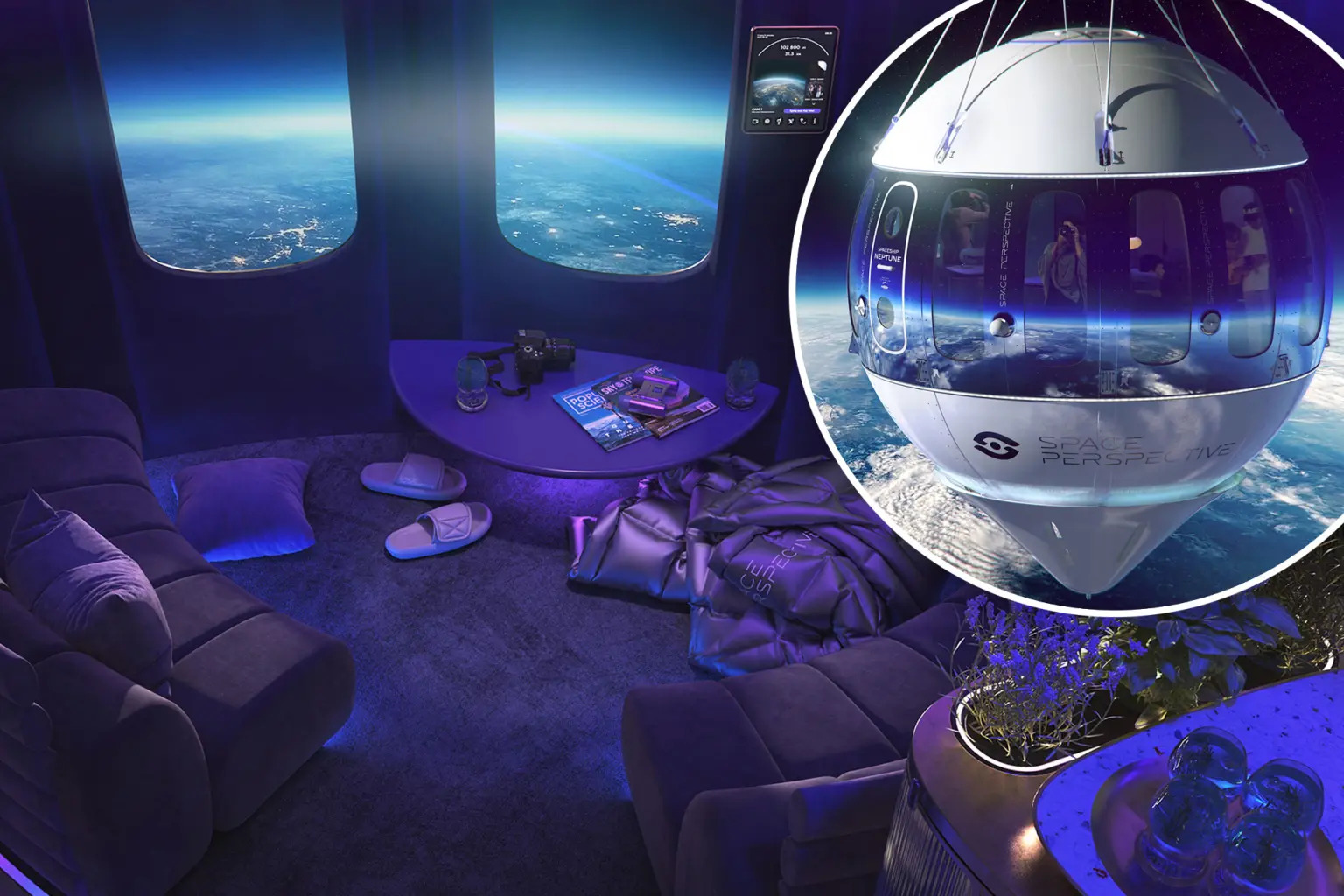
Imagine gazing out of a spacecraft window, seeing the curvature of our planet from hundreds of miles above. It’s a dream once reserved for the elite, but now, the era of space tourism is upon us. On 28th of April, history echoes the footsteps of Dennis Tito, the American who, in April 2001, etched his name as the world’s first space tourist, spending 7 days, 22 hours and 4 minutes in space, including about 6 days on board the ISS.
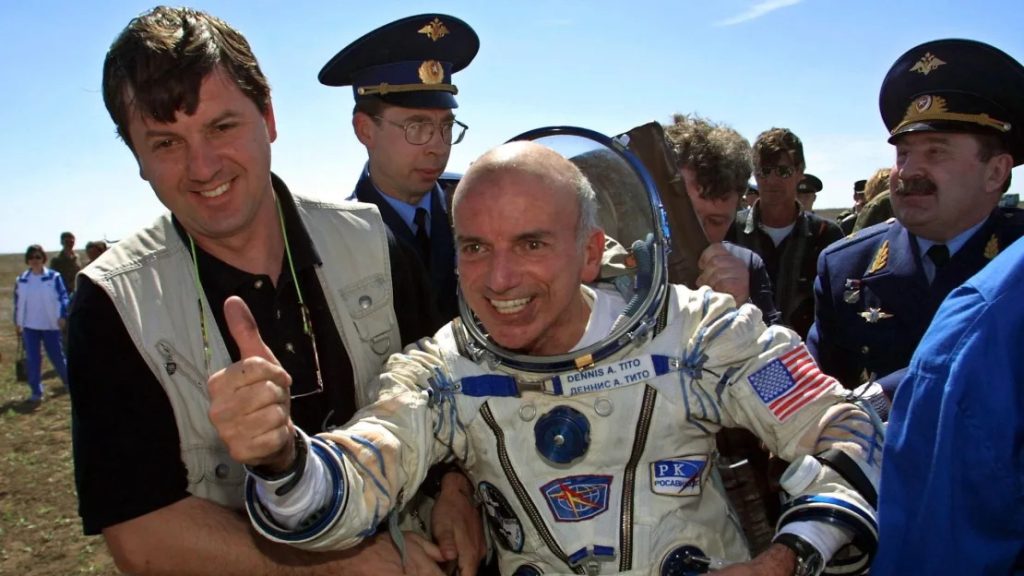
A journey that came with a staggering price tag of $20 million. But fast forward to today—how much has changed? Space tourism is predicted to become a US $12.7 billion industry by 2031. So, is the cosmos still a playground exclusively for the wealthy elite, or has the dream of space tourism become more attainable for the rest of us? What companies can offer you a space ride? Here is your comprehensive guide.
Short History of Space Tourism
Space tourism, the idea of ordinary people traveling to space for adventure, has its roots in the 1960s. Back then, the Soviet Union sparked the concept by sending non-astronauts into space. Yuri Gagarin’s historic flight inspired many to dream of their own cosmic journeys. But it took a while for technology and public interest to catch up and make space tourism feasible.
In the late 1970s, NASA was tasked with boosting America’s image after the Vietnam War. They planned to send civilians into space to inspire the public. However, in 1986, the Challenger disaster killed all onboard, including a civilian teacher named Christa McAuliffe. It put the civilian space program on pause for two years. Yet, despite the setback, interest in space travel remained strong. The Shuttle flew more civilians, including congressman Bill Nelson. But it was the Soviet Union that laid the groundwork for modern space tourism in 1990. They accepted a cool $35 million from Tokyo Broadcasting Station to send a reporter, Toyohiro Akiyama, to the Mir space station.
Then, in 2001, Dennis Tito made history as the first modern space tourist. He paid $20 million to Space Adventures, who brokered a deal with Russia’s space agency to send him to the International Space Station on a Soyuz spacecraft.
Modern Days
By 2009, six additional individuals had embarked on journeys to the International Space Station (ISS) as tourists, with one of them, Charles Simoni, making the trip twice. The final space tourist of this initial phase was Canadian Guy Laliberte, who paid $35 million for a twelve-day voyage in the autumn of 2009.
Many believed this marked the beginning, anticipating a surge in space tourism projects over the next decade. However, these expectations were not met. Instead, the 2010s became known as a “lost decade” for space tourism. But things took a turn in recent years. Blue Origin initiated regular suborbital flights using the New Shepard spacecraft, while SpaceX successfully launched a private manned mission into orbit for the first time. This development means that potential space tourists now have several options to choose from, provided they have the financial means.
As of now, Blue Origin has conducted six manned launches of the New Shepard, carrying a total of 31 individuals beyond the Karman line (an imaginary boundary that marks the edge of space. It’s about 100 kilometres (62 miles) above the Earth’s surface). Notably, one of the company’s clients, investor Evan Dick, has already taken two flights. However, Blue Origin and Virgin Galactic are not the only companies, providing an opportunity to see an Earth from the spacecraft.
7 Space Tourism Companies That Can Make You An Astronaut
If you’re thinking about leaving Earth for a bit, check out these companies. Below, we’ve rounded up every space tourism package that is either available now or in the near future.
Virgin Galactic: Suborbital Ride
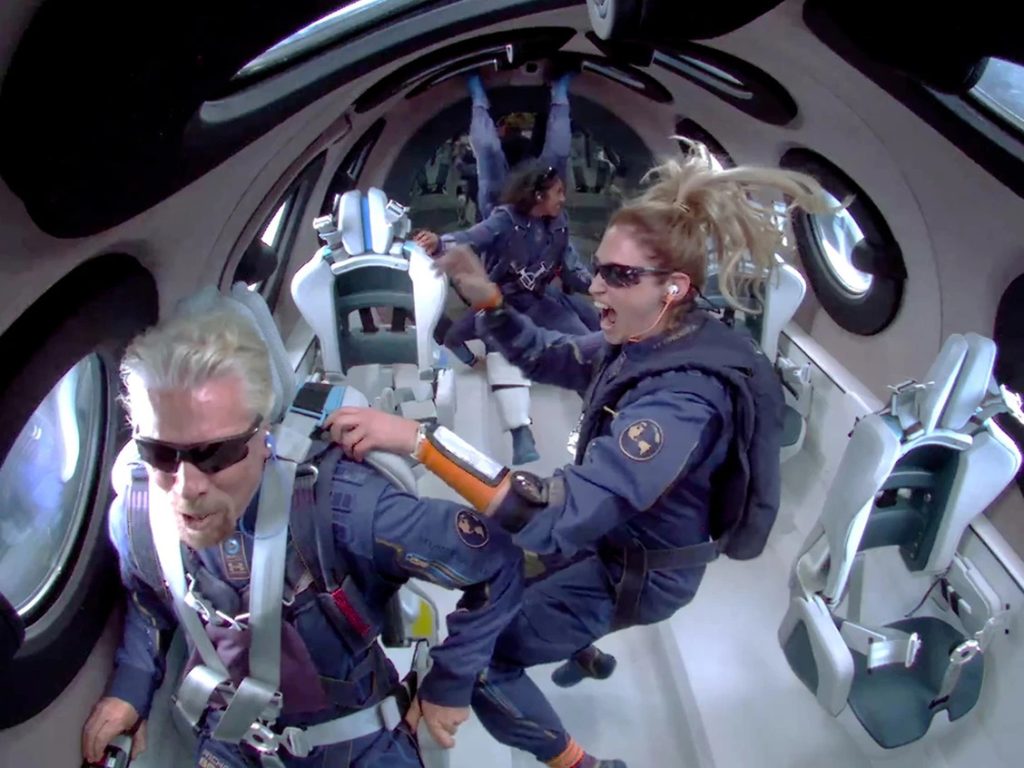
Price: $450,000 (upped in 2021 from the previous price of US $250,000)
Altitude: 50 km
What you’ll experience: A 90-minute journey aboard a SpaceShipTwo spaceplane, reaching 50 kilometres above sea level. Enjoy a few minutes of weightlessness as you descend back to Earth.
Virgin Galactic offers a straightforward trip to the edge of space. Their setup includes a carrier plane called VMS Eve and VSS Unity spaceplane. VMS Eve, a twin-fuselage jet, carries VSS Unity up to an altitude of about 80 kilometres. That’s just shy of the United States’ definition of space, which is different from the international boundary known as the Karman line at 100 kilometres. The whole journey takes about 90 minutes, with roughly four minutes of weightlessness.
Virgin Galactic has been a trailblazer in the space tourism game since it started selling seats in 2013, originally at $250,000 each. They had over 600 eager customers ready to go before they paused sales in 2014 due to a test flight mishap. They resumed selling tickets in August 2021, but the price increased to $450,000. Still, they’ve got about 100 reservations already.
Blue Origin: Quick Trip to the Karman Line
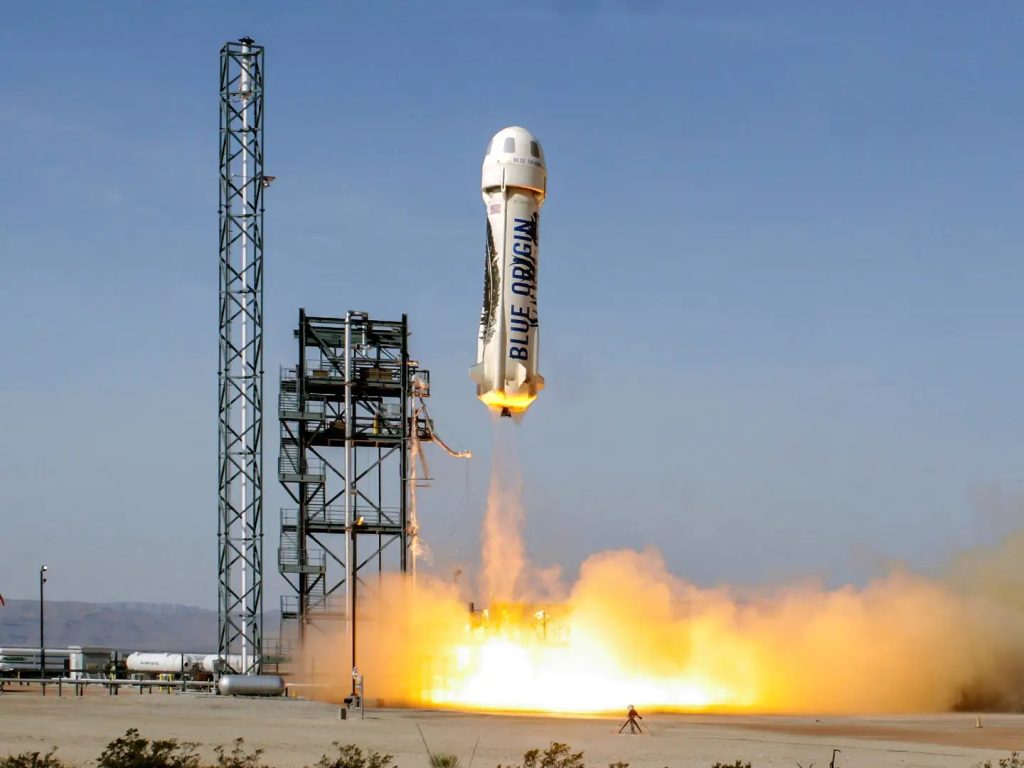
Price: reportedly $28 million
Flight altitude: 100 km
What you’ll experience: A 12-minute ride to the Kármán line, the internationally recognised boundary between Earth’s atmosphere and outer space.
Blue Origin offers a similar space ride, but with a twist: instead of flying in a plane, you’ll launch a real rocket. In 2021, Jeff Bezos hopped aboard his own rocket, the New Shepard, and soared up to 107 kilometres high. Then, on October 13th, the same rocket took another crew, including Star Trek’s William Shatner, on a ride.
Blue Origin is pretty active in the space tourism scene, having already done six crewed trips with its New Shepard rocket. The whole journey is super quick and smooth: after just two days of training, up to six people hop into a capsule on top of the rocket. They get to watch through the windows as the rocket zooms up to over 100 kilometers in the sky. Once it reaches that height, the booster separates and lands itself while the capsule hangs out for a few minutes, giving the passengers a taste of weightlessness. Then, the capsule parachutes back down, and the whole adventure is over in about 11 minutes.
They started taking reservations a few years ago, but the ticket price is still a big secret. Tom Hanks joked that it cost $28 million, which was what one lucky person paid to fly with Bezos. The company has already made $100 million from private customers, but they’re keeping quiet about how many tickets they’ve actually sold.
Axiom Space: 10 Days Aboard ISS
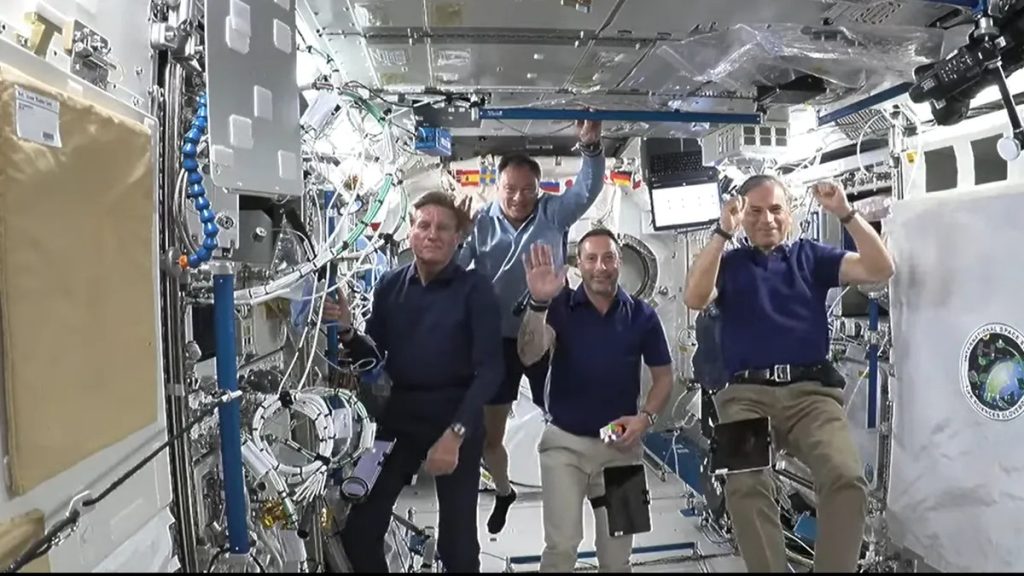
Price: $55 million
Altitude: 408 km
What you’ll experience: A 10-day trip to the International Space Station, including a weeklong stay in the orbital lab.
Axiom is deeply entrenched in various space endeavours, spanning from the construction of a space station to the development of lunar spacesuits for NASA. Among its array of services, one particularly sought-after offering is the facilitation of flights to the International Space Station (ISS) for private individuals, priced at a considerable $55 million per seat.
This service has garnered significant interest from philanthropists and nations lacking expansive space programs, such as Saudi Arabia. The process mirrors that of governmental missions, wherein after a requisite training period, a crew comprising three civilian passengers and one seasoned astronaut embarks on a journey aboard a SpaceX Falcon 9 rocket. Their mission entails approximately one week aboard the ISS, during which they engage in various research endeavours and outreach activities.
SpaceX: Multi-Day Orbital Voyage
Price: Estimated $55 million
Altitude: 574 km
What you’ll experience: Three-day stay inside SpaceX’s Dragon capsule circling around Earth with three crew mates.
SpaceX isn’t exactly a space tourism company, but they’re worth mentioning here because they’ve sent more folks into space than anyone else on this list. Their trusty Crew Dragon spacecraft and Falcon 9 rocket are always shuttling people to and from the ISS. Since they’re a private company, not a government agency, they’ve cut out a lot of the red tape for their customers, making it easier for more people to get up there.
Take 2021’s Inspiration4 and the upcoming Polaris missions, for example. They’re both funded by a billionaire named Jared Isaacman. He paid less than $200 million for himself and three others to orbit the Earth for three days in the Crew Dragon. None of them had been to space before! Axiom, another player in the space tourism game, also likes to use SpaceX’s Falcon/Dragon combo for their launches.
Honorable Mentions
While SpaceX, Virgin Galactic, and Blue Origin are grabbing headlines, there are a few up-and-coming space tourism companies worth noting.
Orion Span: The Space Hotel Pioneers
Orion Span has its sights set on being the first to offer luxury accommodations in space. Their plan includes launching Aurora Station, the first space hotel module. The total cost of a space hotel reservation will be more than £7 million.
Boeing: From NASA Partner to Space Tour Operator
Boeing jumped into the space tourism scene when they teamed up with NASA for the Commercial Crew Development program. This partnership led to the development of the Boeing CST-100 Starliner crew capsule. What’s cool is that Boeing’s deal with NASA allows them to sell seats to space tourists for future missions.
Zero 2 Infinity: Space Tourism, Zero Emissions
Based in Barcelona, Spain, Zero 2 Infinity is all about green space travel. They’ve been around since 2009 and use balloon technology to launch their systems, which cuts down on carbon emissions. They plan to send tourists into near space using their zero-emission craft, which can carry up to six crew members at a time.
Final Words
Space tourism often gets brushed off as just a playground for the wealthy. And sure, there’s truth to that. But there’s something big it brings to the table for manned spaceflight: demand. See, launching satellites and scientific gear into space is already pretty common and relatively safe. But sending people? That’s a whole different ball game. It’s risky and often not worth it.
But tourism changes that. When there’s a demand for folks to blast off, it pushes technology forward. And that progress can lead to some pretty amazing scientific discoveries. Take Orbital Reef, for example. It’s a space station funded not just by government contracts but also by tourists, researchers, and even companies wanting to manufacture stuff in space.

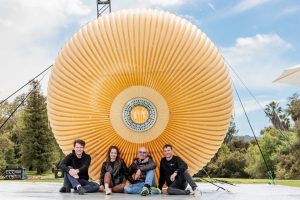



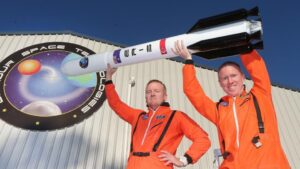
Thank you for your comment! It will be visible on the site after moderation.